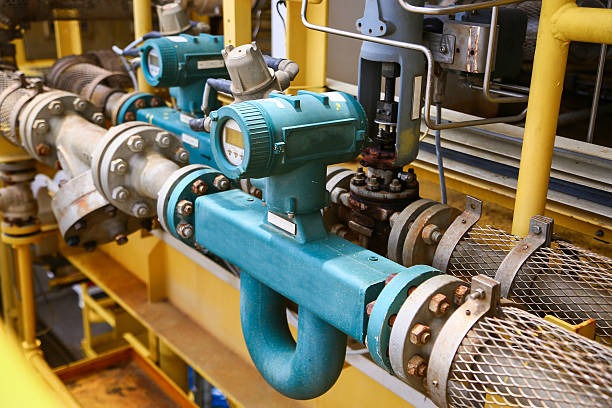RIGHT FLOW METER
How to Choose the Right Flow Meter: Smart Selection for Industrial Applications


INTRODUCTION
Choosing the right flow meter is critical for ensuring accurate measurements, optimizing operational efficiency, and reducing long-term costs. Whether your process involves liquids, gases, or slurries—this guide walks through the key factors to consider and aligns with search terms your customers are likely looking for.
1. UNDERSTAND YOUR FLUID AND PROCESS REQUIREMENTS
Begin with identifying your fluid type and its specific properties:
Is it liquid, gas, steam, or slurry?
Does it contain particulates, bubbles, or is it corrosive?
What are its viscosity, conductivity, temperature, and pressure characteristics?
Why it matters:
Electromagnetic (mag) flow meters excel with conductive liquids like wastewater and slurries.
Coriolis meters offer high precision for viscous or non-Newtonian fluids, measuring mass flow directly.
2. DEFINE FLOW RANGE, ACCURACY, AND TURNDOWN RATIO
Understand both your maximum and minimum expected flow rates and how variable the flow is:
Look for meters with appropriate turndown ratio—wider ratios like those found in ultrasonic or Coriolis meters ensure accuracy across fluctuating flows.
Accuracy requirements:
±0.1% or better for high-stakes applications like custody transfer or batching (Coriolis, ultrasonic, mag)
±1–5% may suffice for general process monitoring (vortex, DP, turbine)
3. EVALUATE INSTALLATION CONDITIONS & ENVIRONMENT
Consider where and how the meter will be installed:
Space constraints & pipe layout:
Some technologies like Coriolis or clamp-on ultrasonic require minimal straight-run piping.
Temperature, pressure & environmental exposure:
Opt for meters rated for your specific operating conditions and, if needed, with rugged IP or explosion-proof enclosures.
Pressure drop considerations: Excessive drop can impair system performance and efficiency.
4. COMPARE FLOW METER TYPES — A QUICK OVERVIEW
5. INTEGRATION, SIGNAL OUTPUT & MAINTENANCE
Output compatibility: Choose meters with outputs that integrate seamlessly with your control systems (4–20 mA, pulse, HART, Modbus, etc
Maintenance considerations: Non-mechanical meters like mag and ultrasonic typically require less upkeep
Vendor support: Reliable technical support, calibration, and spare part availability are essential for long-term performance.
6. FINAL STEPS BEFORE PURCHASE
Document key parameters: fluid type, flow range, accuracy needs, installation limitations.
Compare technologies side-by-side using the tables above.
Consider total cost of ownership—including installation, maintenance, and downtime.
Validate compatibility with system and integration requirements.
CONCLUSION & CALL TO ACTION
Choosing the best flow meter is about aligning technical specifications with real-world requirements—from your process needs to budget and installation constraints.




